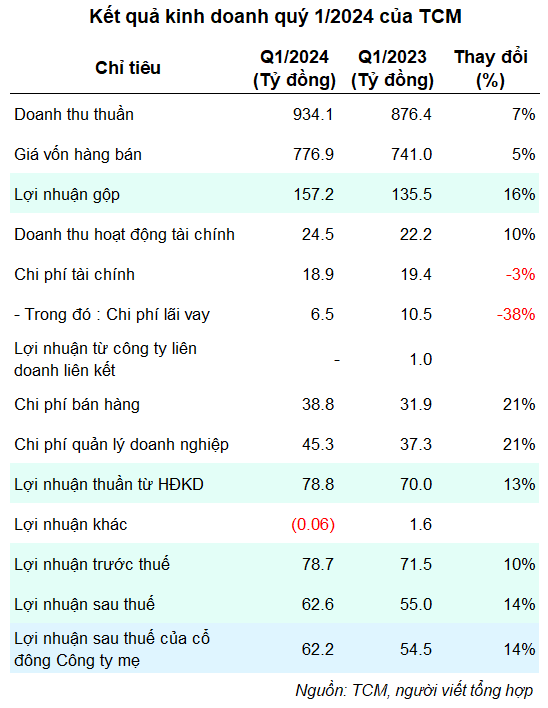On the afternoon of March 6, Deputy Minister of Education and Training Hoang Minh Son chaired an online meeting on the training of high-quality human resources for the semiconductor industry.
During the meeting, representatives of universities expressed their determination and willingness to cooperate in training human resources for the semiconductor industry.
Associate Professor Nguyen Phong Dien, Vice Director of Hanoi University of Science and Technology, stated that the goal is to train about 6,000 highly skilled professionals in the field of semiconductor industry by 2030.
Currently, Hanoi University of Science and Technology offers direct training in 2 majors and 7 majors related to the design, production, packaging, and testing of semiconductor circuits, with a total of more than 3,300 students. The training program for bachelor’s and engineer’s degrees in the field of semiconductor circuits at Hanoi University of Science and Technology has been shortened from 6-9 months to 3-6 months.
In addition to training highly specialized professionals, Hanoi University of Science and Technology also carries out activities to increase the quantity and improve the quality of semiconductor human resources, such as organizing short-term courses, training conversion engineers in related fields, and cooperating with enterprises in program development and project-based training.
At the University of Technology (Vietnam National University, Hanoi), more than 1,000 students are trained each year in fields related to semiconductor circuits.
This information was provided by Professor Chu Duc Trinh during the meeting. According to Professor Chu Duc Trinh, if the universities collaborate, we can achieve the goal of training 50,000 university graduates in this field by 2030.

According to Associate Professor Tran Manh Ha, Deputy Head of the Training Committee of Ho Chi Minh City National University, from now until 2030, Ho Chi Minh City National University is committed to training about 1,800 bachelor’s/engineer’s degrees and 500 master’s degrees in the field of semiconductor industry.
Previously, Ho Chi Minh City National University had trained around 200 engineers and 50 master’s students per year in related fields. Currently, this training institution contributes over 50% of the semiconductor circuit design workforce for Ho Chi Minh City. It is expected that some member universities such as Hanoi University of Technology, Ho Chi Minh City University of Information Technology will enroll students this year, including both undergraduate and master’s degrees.
Currently, Ho Chi Minh City National University has a plan to recruit and further train lecturers to meet the training and research requirements. It also plans to invest in 2 additional laboratories and establish mechanisms for sharing facilities with other universities in Ho Chi Minh City. In addition, member universities actively cooperate with foreign countries to enhance training in this field.
National University of Ho Chi Minh City considers the training of human resources for the semiconductor industry as a pressing issue. Professor Nguyen Ngoc Binh, Chairman of CMC University, suggests that in addition to the laboratories at the training institutions, each region should establish a shared laboratory that is large enough and has regulations on operation and utilization, especially for training and research purposes.
In addition, a coordination center should be established to facilitate the ordering of human resource training according to the needs of businesses.
Professor Nguyen Ngoc Binh also suggests special recruitment and employment policies for lecturers in the semiconductor industry, as well as policies to attract students to study in this field.
During the meeting, representatives of universities also proposed the need for training standards for this industry.
In addition, education managers also emphasized the importance of developing postgraduate training programs. Policies and mechanisms should be in place to invite international lecturers and experts to participate in the training process. In the short term, investment should be made in key institutions that can take the lead.
In his speech at the meeting, Deputy Minister Hoang Minh Son acknowledged that the need for 50,000 university graduates or higher degrees to serve the semiconductor industry is a challenging task, hence a strong determination is needed to achieve this goal.
The Deputy Minister pointed out that the training of human resources for the semiconductor industry should focus on “Wide – Deep – High”, with an emphasis on “Deep and High” factors. This means that the workforce being trained must achieve high levels of expertise and specialization. In addition, support from other countries, overseas Vietnamese, and international cooperation should be enlisted to promote training and engage businesses in the process.
Regarding the faculty, the Deputy Minister emphasized the importance of basic and in-depth training for lecturers. Universities should propose preferential policies to attract and train lecturers, experts, and students in this field.
In addition, the Deputy Minister also highlighted some issues that need attention in the training of human resources for the semiconductor industry, such as how to build cost-effective laboratories, strengthening internal and social communication about the importance of semiconductor human resources, developing a development plan, organizing seminars and conferences for exchange, learning, and coordination in training activities.















